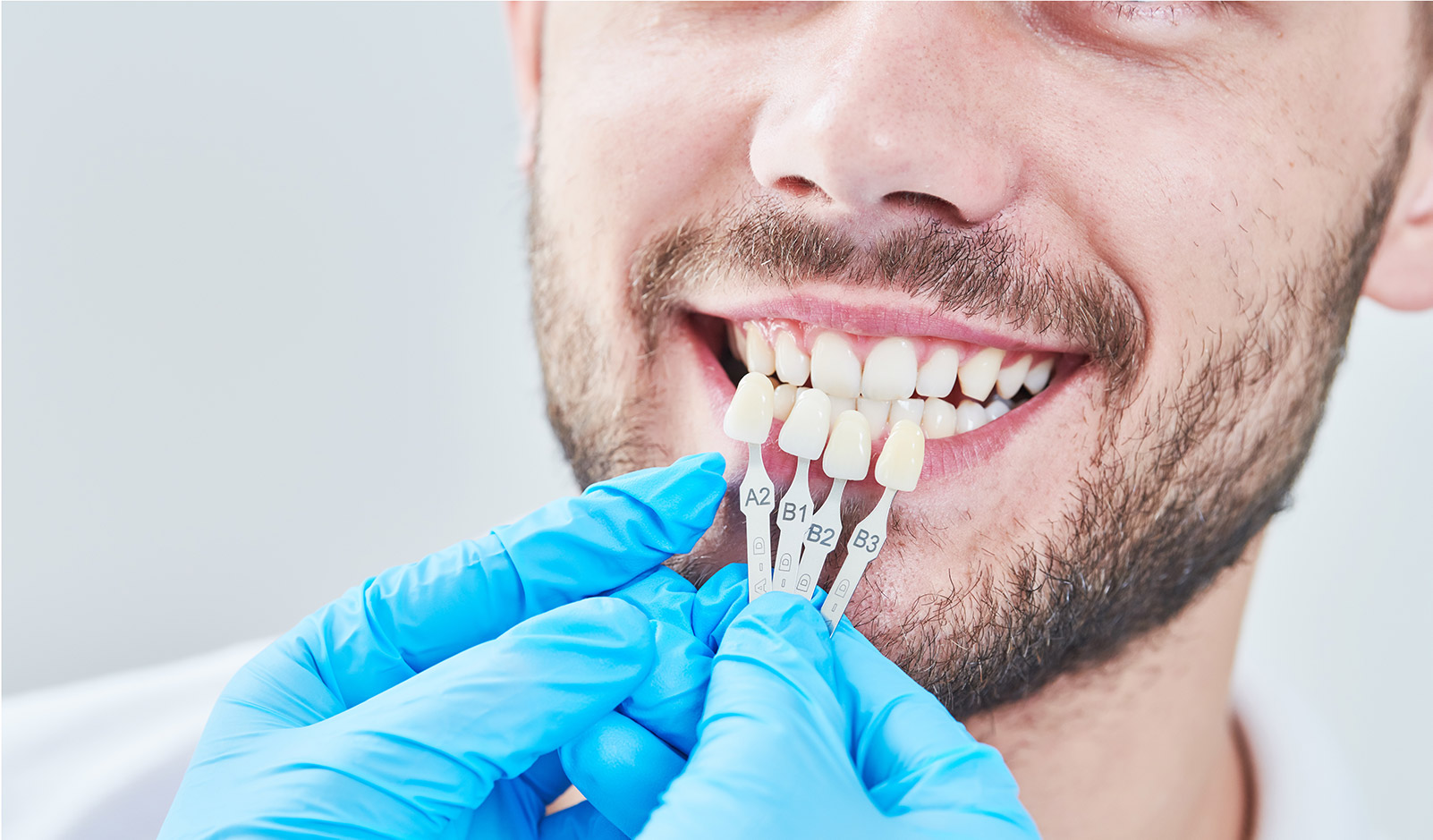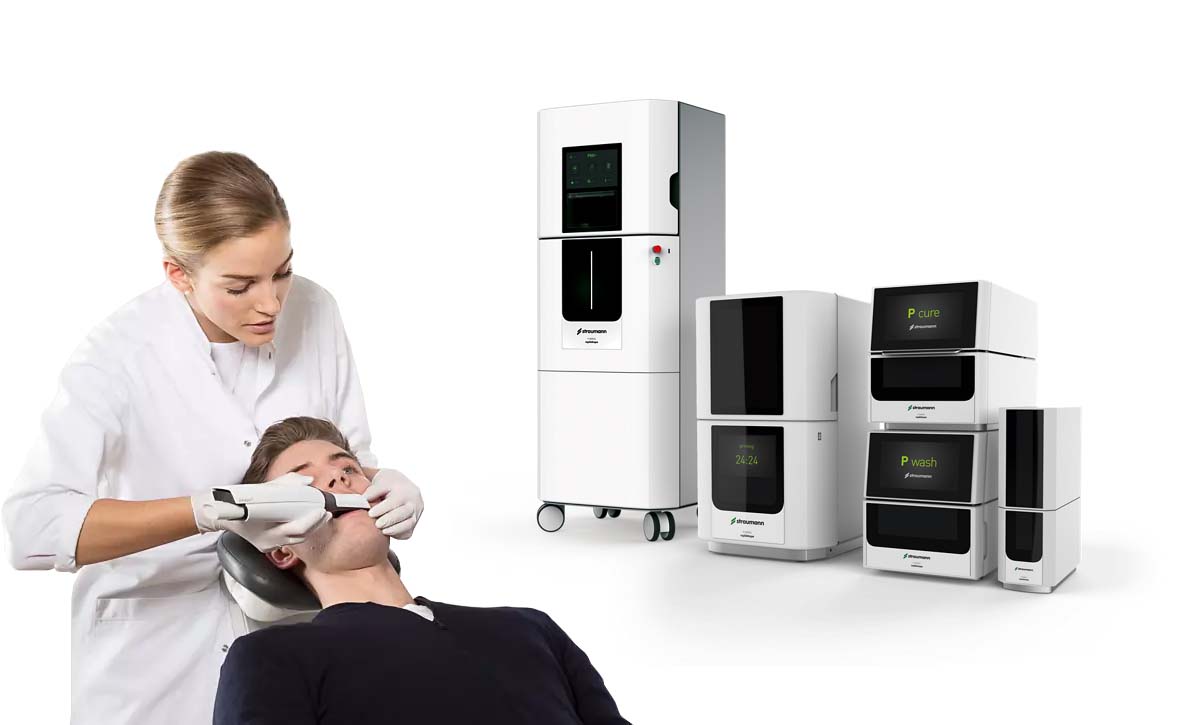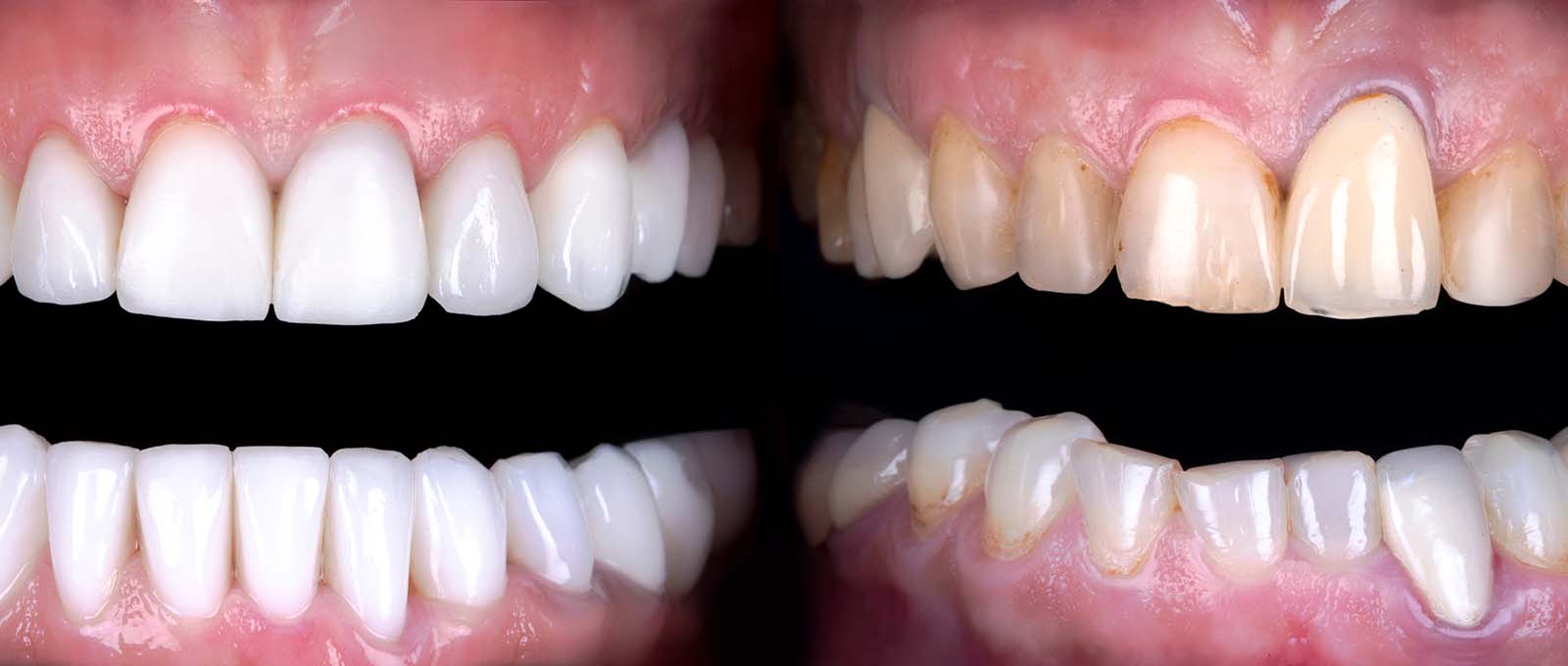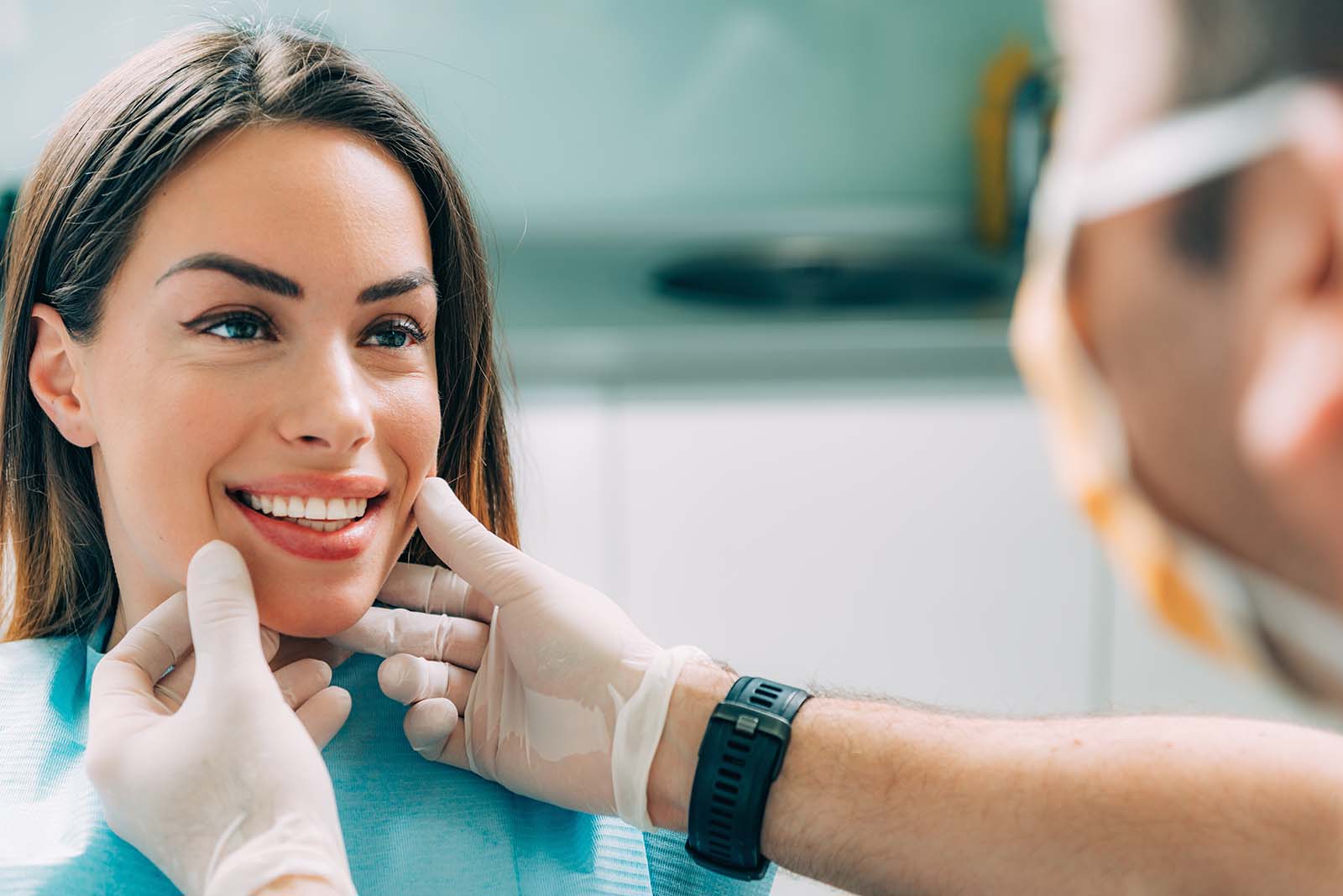There is something remarkable about a beautiful smile that improves your confidence. Typically, the appearance of teeth has a lot to do with one’s level of attractiveness. This is one of the reasons living with crooked teeth puts a big pit on your confidence. Annually, millions of people visit dental facilities to have various medical and cosmetic procedures, mostly to fix discolored, chipped, and uneven teeth. Fortunately, many dental procedures fix most, if not all, types of oral complications. Talk about cavities, tooth decay, crooked dental formula, discoloration, misalignment, tooth fluorosis, and tooth abscesses, to mention a few. Do you have crooked front teeth? All is not lost. Self-confidence and teeth appearance intertwine, but there is a lot you can do to fix your smile.
Ways of Fixing Crooked Teeth
Use of Braces
This is one of the most common procedures for fixing uneven teeth. Braces move your teeth by exerting constant pressure on them. The treatment continues for an extended period, between six months and three years. This depends on the severity of the oral condition or other factors. At present, there are more than 90% of successful rates concerning braces and crooked teeth. In conjunction with that, several types of braces fix crooked oral health. Metal braces align teeth faster than other types of braces. They are convenient for individuals who have severe oral complications. Ceramic braces are less visible, while invisible braces are clear. Lingual braces are placed behind the teeth. An orthodontist will determine the best braces for you, depending on your condition and your goal.
Use of Retainers
Retainers are cheaper options for straightening your teeth, but they work best for minor problems. For instance, if you have a single uneven tooth or minor overcrowding of teeth, retainers may be the best option. When it comes to a severe oral condition, you may have to use braces before getting retainers. After removing braces, retainers aid by maintaining a permanent position of moved teeth.
Dental Bonding
Dental bonding is a painless procedure of correcting teeth by incorporating a composite resin on the surface of teeth and hardening the material using special ultraviolet light. The procedure is fast, and the cheapest cosmetic dental procedure. However, this is a temporary solution mostly used to correct chipped, cracked, and discolored teeth.
Lumineers
Lumineers are teeth-colored shells that adhere to teeth to fix discoloration, misaligned dental formula, tooth gaps, and chipped teeth. They are similar to traditional porcelain veneers, but they are less thick. Also, lumineers are not permanent, and their results as not as effective as those of traditional veneers. The process of installing lumineers is fast. Typically, a complete process only takes two appointments. Lumineers are cheaper than traditional veneers.
Veneers
Veneers are the better versions of lumineers. Though installing veneers is quite lengthy, the result is permanent and more effective compared to that of lumineers. Porcelain veneers are exceptional because they improve your smile by brightening and straightening your teeth. They are the most appropriate solutions to severely discolored, crooked, chipped, and cracked teeth.
What are Veneers? How do Veneers Fix Crooked Teeth?
Can you get veneers if your teeth are crooked?
Dental veneers are thin, tooth-colored shells that adhere to the surface of the teeth.
How do veneers work?
The purpose of the material is to improve cosmetic appearance by covering discolored teeth, fixing crooked dental formulas, correcting the shape of teeth, and fixing chipped teeth. In conjunction with that, this is one of the most preferred treatments for dental fluorosis, a stubborn condition that leaves some individuals with permanently disclosed teeth. Though not cheap, veneers are less expensive compared to crowns.
What if you have crooked front teeth?
Getting veneers requires several appointments. This is because the type of material to attach to your teeth depends on your condition and ultimate goal. Veneers come in different shapes and sizes; therefore, there is a need to consult an orthodontist for proper advice about the most suitable option. According to the American Association of Orthodontists, the average annual application of dental veneers is 800,000, with a price tag of $495.9 million with about 96% success rates.
Types of Veneers
There are two types of dental veneers.
Porcelain Veneers
Porcelain veneers consist of porcelain material.
Pros
- More durable due to more robust material.
- Natural appearance.
- Are custom made.
- Porcelain veneers are more effective than composite veneers.
- They do not stain easily.
Cons
- They are the most expensive dental veneers.
- The application takes time.
- They require full replacement in case of breakage.
Composite Veneers
Composite veneers consist of resin material. There are two types of composite veneers: direct composite veneers and indirect composite veneers. Direct composite veneers are applied directly to the teeth, and the preparation process does not take long. Indirect composite veneers involve the preparation of custom made veneers outside of the mouth. The preparation process is longer compared to direct veneers. Typically, indirect composite veneers are more expensive than direct composite resin material because they can withstand abrasions and shocks.
Benefits of Composite Veneers
- They are more affordable compared to porcelain veneers.
- Less application time.
- They correct several dental issues.
- Repairing composite veneers is possible.
- Composite veneers require minimum reshaping of teeth during prep work.
- Enamel removal is less abrasive.
Disadvantage
- Less durable due to weak resin material.
- Composite material requires frequent repair and replacement.
- Not convenient for persons with severe dental complications.
- Resin material looks excellent but not as natural as porcelain.
The Benefits of Veneers
Minimal Invasive Procedure
Compared to crowns, veneers do less damage to your teeth. Usually, the procedure requires the removal of half a millimeter of the front surface of a tooth. Therefore, you are less likely to suffer from dental complications associated with severe tooth abrasions.
Suitable Alternative Crowns
Veneers are suitable alternatives to crowns regarding dental costs. Suppose you want to correct complications that concern permanent tooth discoloration, crooked teeth, misaligned jaws, overbite, and underbite, among others, veneers would be perfect alternative solutions to crowns. Currently, the average cost of installing crowns in the United States $1000.
Veneers are Permanent
Veneers are permanent teeth whitening solutions. As mentioned earlier, veneers consist of porcelain material, which is stain proof. Even with habits such as coffee drinking and cigarette smoking, veneers maintain their natural color.
Veneers to Straighten Teeth
One of the best decisions you could make is using veneers to straighten teeth. Regardless of the underlying cause, veneers perform an excellent job when it comes to keeping your teeth in appropriate positions. Due to multiple evidence-based benefits, veneers are incredible solutions regarding how to fix bad teeth.
Veneers are Durable
Veneers last an average of 10 years. With proper maintenance, they can be effectively functional for up to 15 years. More so, they offer a natural appearance, which is one of the primary goals of individuals looking forward to improving their natural appearance.
Can Veneers Fix Crowded Teeth?
As long as you have no cavities, tooth decay, and other underlying oral complications, veneers are suitable treatment procedures for crooked and crowded teeth.
Can You Get Veneers with Crowded Teeth?
Anyone with good oral hygiene can get veneers. Can veneers fix crowded teeth? Yes, it is possible to get veneers with crowded or crooked teeth. However, this depends on certain factors. Veneers are perfect solutions for minor crooked condition, slightly cracked teeth, and minor chipping of teeth. A period of six months to one year would be enough to get a magical smile.
Moreover, veneers do not cause any health complications as long as you observe excellent oral hygiene. More so, the dental porcelain rarely discolors because it is stain-proof. However, severely crooked oral formula speak a different case. If you have intensely crooked teeth, getting veneers may not be the best option. In this case, you will be covering instead of correcting the underlying problem. Keep in mind that severely misaligned teeth are major potential causes of dental disorders. A crooked dental formula makes it challenging to observe good dental hygiene due to overcrowding of teeth in one location.
In most cases, an individual is highly likely to develop disorders such as cavities, tooth decay, and periodontitis, among other oral diseases. If you have teeth that are severely crooked, the best idea is to have an orthodontist determine the best treatment procedure for your condition. You need to know if you have existing dental complications that need treatment before opting for veneers. For example, if you have cavities, it would help if you get dental fillings. Suppose there is nerve damage, a root canal would be beneficial. Ensure that you eliminate all existing and possible complications before you get veneers.
When Invisalign is a Better Option for Teeth that are Crooked
Invisalign and veneers are suitable solutions for improving your smile. Nevertheless, veneers are more appropriate for candidates who have good oral health but want to improve their cosmetic appearances, such as color, shape, size, and teeth texture. On the other hand, Invisalign is convenient for individuals with misalignment of the teeth. Typically, people that use invisalign have more serious dental issues compared to candidates that opt for veneers. For instance, overbite or underbite are oral conditions when invisalign is a better option. Also, this is a reasonable option for someone looking to work with an affordable budget. Undoubtedly, veneers are expensive, with a one-tooth fix going for $925 up to $2500.
Affordable Veneers in Los Angeles to Fix Crooked Teeth
Similar to other regions in the United States, Los Angeles harbors some of the best orthodontists. The average cost of veneers in Los Angeles starts at $900 a tooth and can go up to $ 1800 or more, depending on the dental specialist. The best you can do is perform background research on several potential orthodontists and compare their costs. Are you uncertain of how to fix crooked teeth and where to get veneers in Los Angeles? Dr. Michael Abaian of Southland Dental Care is one of the most renowned and trusted cosmetic dentists in LA. Specializing in General Dentistry, Dr. Michael Abaian is a professional in the following expertise: extraction, veneers, root canal, oral cleaning, tooth filling, and crowning, to mention a few. With his love for the art of dentistry together with mastering the latest dental techniques, Dr. Abaian does magical and spectacular work to give you a wonderful smile. The veneers cost should not be a problem. At Southland Dental Care, you can pay $120 a month for the application of veneers. This is a better option compared to paying a handsome amount of money upfront.











